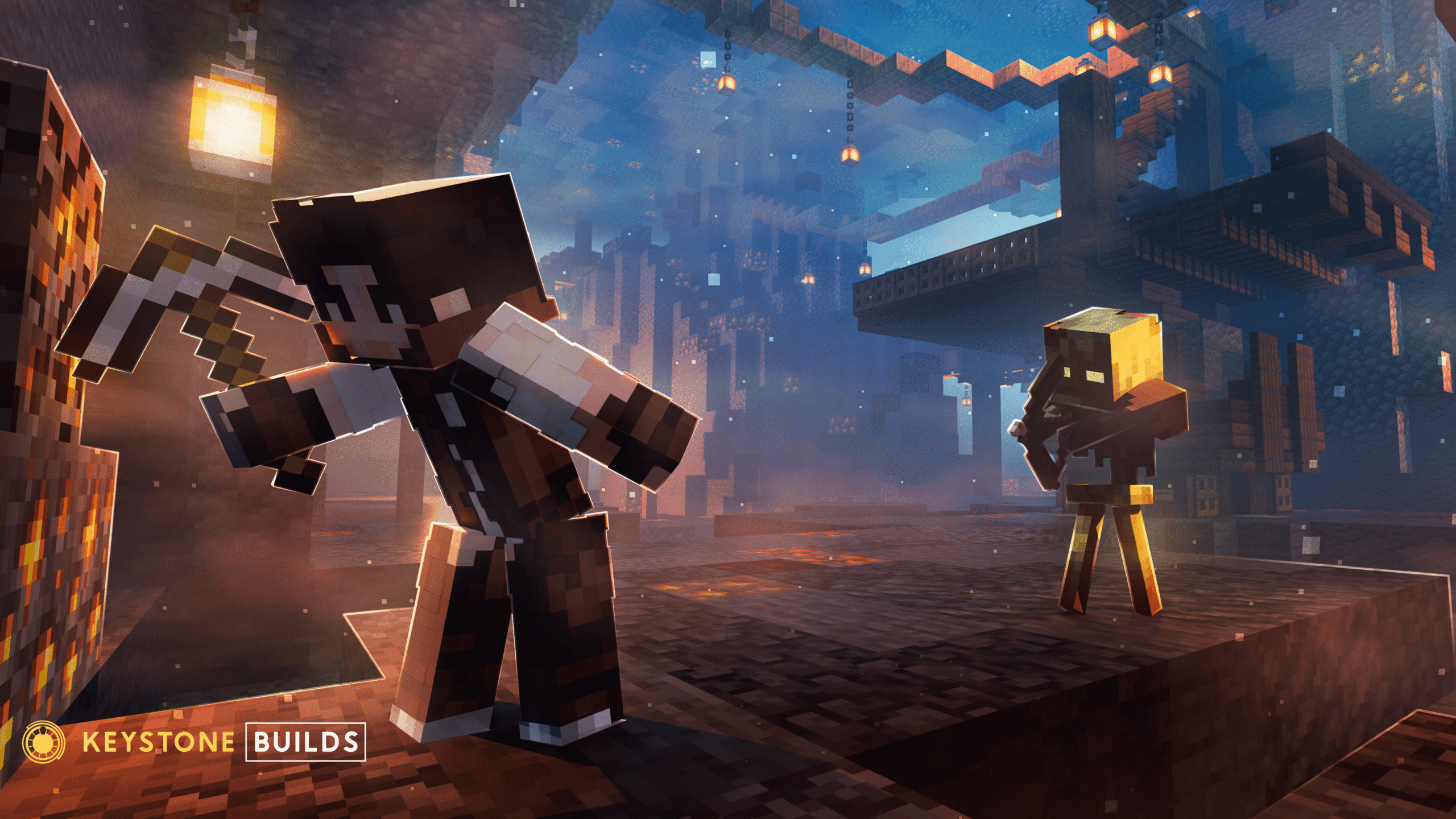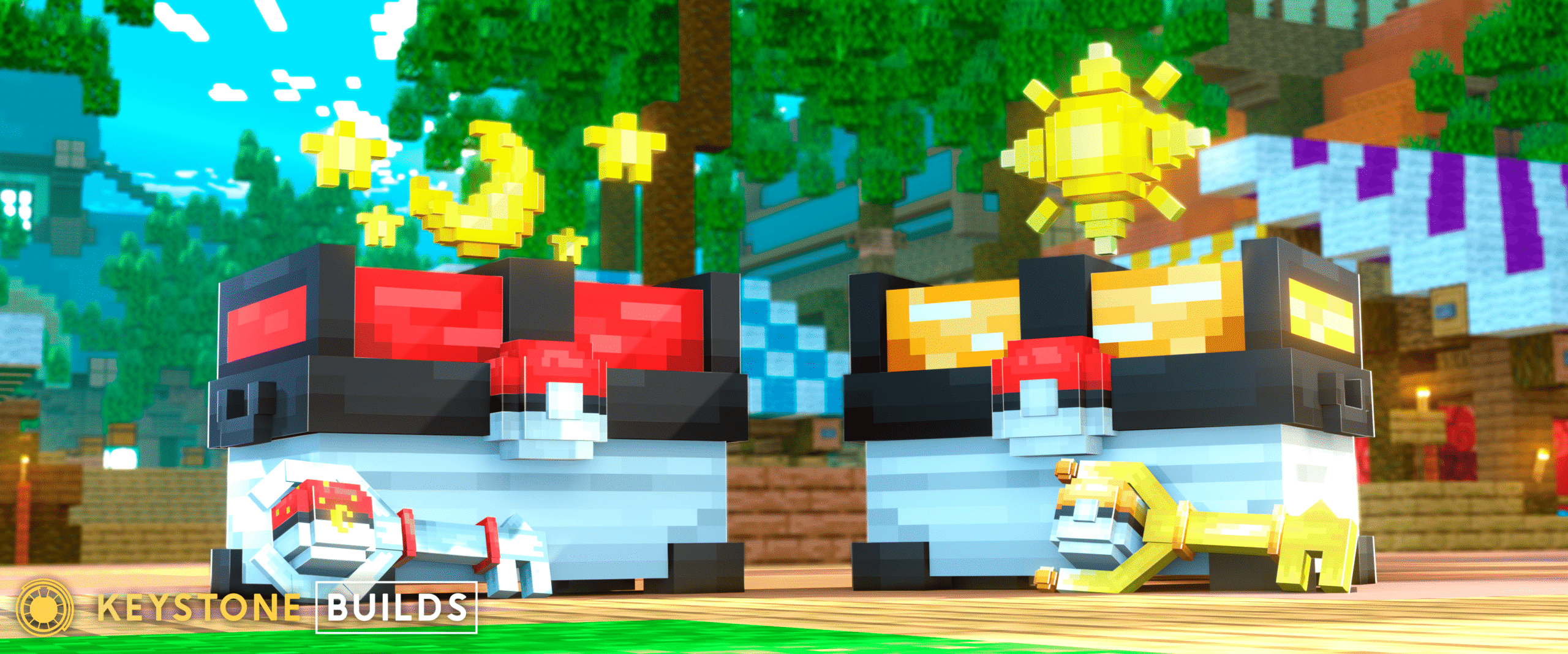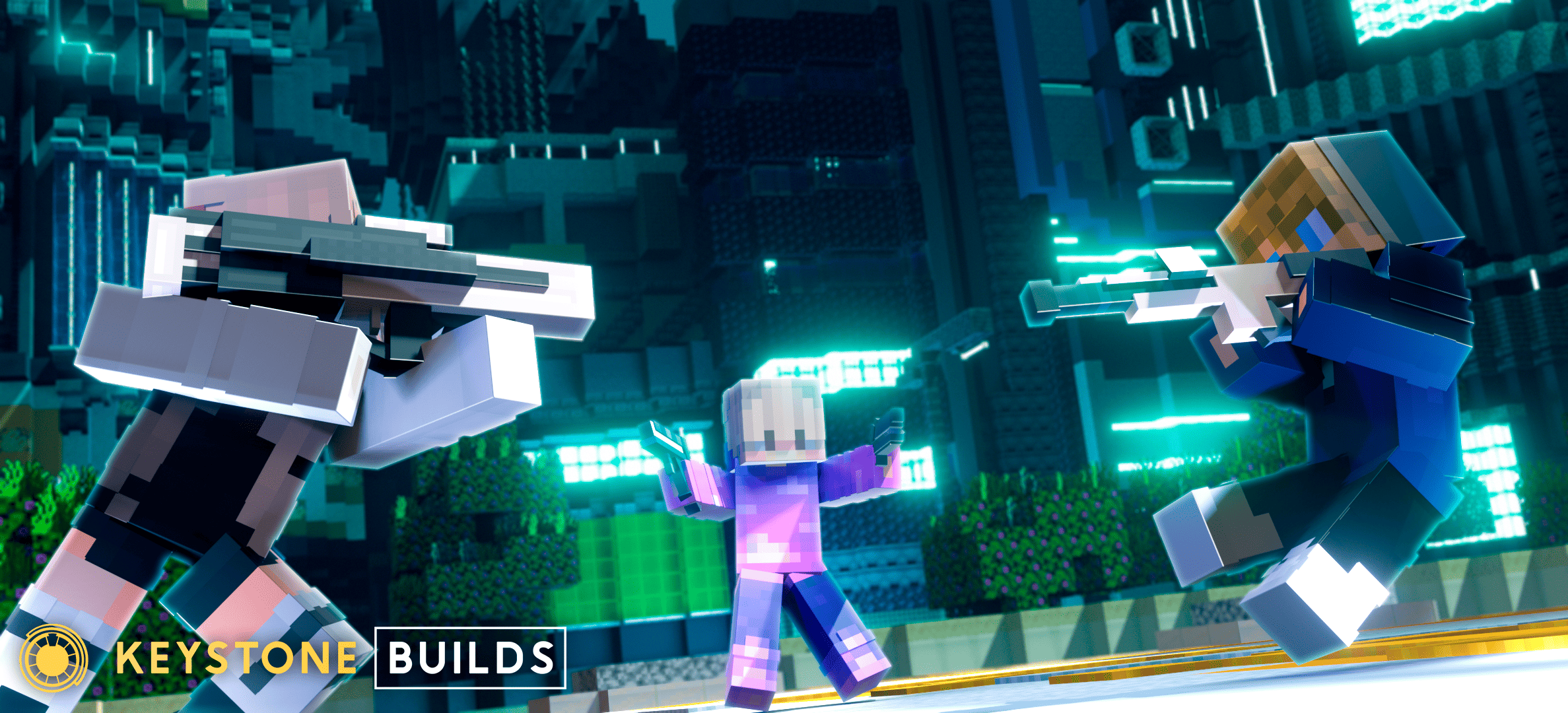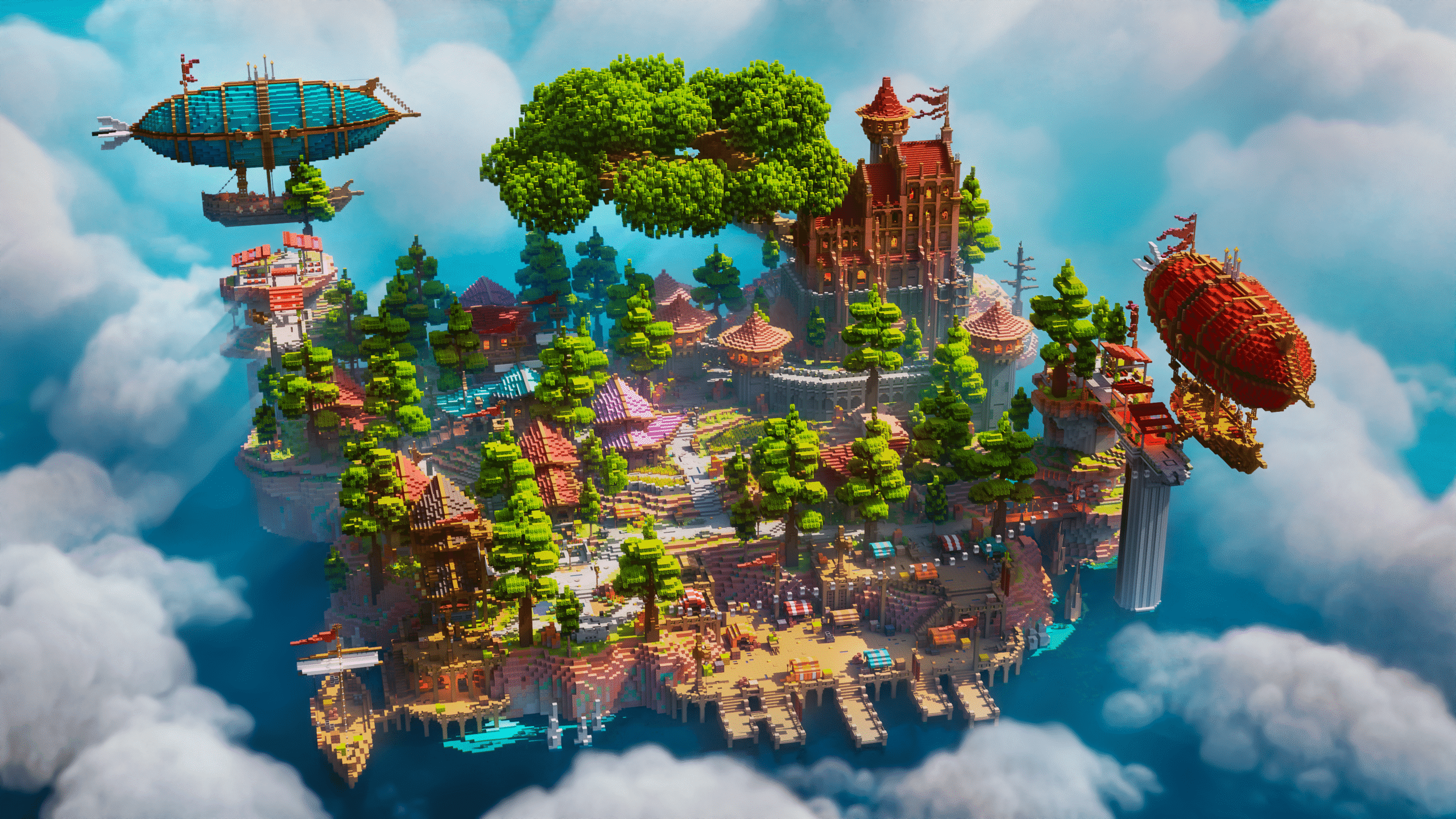Types of Hosting Explained (No Tech Headache)
You don’t need to be a sysadmin to understand server hosting. Here are the four most common types of Minecraft hosting, explained simply:
1. Self-Hosting
This means running the server on your own computer.
Pros:
- Free (except electricity)
- Good for private games with friends
Cons:
- Requires a solid PC and stable internet
- Your IP is public unless you configure port forwarding and security
- If your PC is off, the server is off
✅ Best for: tech-savvy players hosting casual worlds for friends only.
2. Shared Hosting (e.g., PebbleHost)
This is the most beginner-friendly option. Shared hosting providers give you an easy control panel, ready-to-use Minecraft server, and decent specs at a low price.
Pros:
- Cheap (plans start under $5/month)
- Easy to set up
- One-click plugin and mod support
- Reliable uptime
Cons:
- Limited control and customization
- Performance can vary based on neighboring servers
✅ Best for: small servers, new owners, and budget-conscious communities.
3. VPS (Virtual Private Server)
A VPS gives you more power and freedom. You rent a slice of a dedicated machine, with full control over settings, files, and performance tweaks.
Pros:
- Greater customization
- Better performance
- Supports multiple servers or gamemodes
Cons:
- More expensive (usually $10–$40/month)
- Requires technical knowledge
✅ Best for: experienced server owners or devs who want more control.
4. Dedicated Servers
This is the big leagues. A full physical server just for you.
Pros:
- Maximum power and customization
- Supports massive servers with hundreds of players
Cons:
- Pricey (starts around $60/month)
- You need to know Linux and server security
✅ Best for: large networks, businesses, and pro-level server admins.
What to Look for in a Hosting Provider
No matter your budget, there are a few things every good host should offer. Here’s your hosting checklist:
1. Uptime Guarantee
You want a host that offers at least 99.9% uptime. Anything lower means players could get disconnected regularly—and that kills your reputation fast.
2. Solid Customer Support
When something breaks (and it will), you need help—fast. Look for hosts with 24/7 chat or ticket systems and a good reputation for fast responses.
3. Easy-to-Use Control Panel
Most beginners don’t want to deal with config files or shell commands. Good hosting providers offer clean, simple dashboards with one-click installs for Minecraft versions, plugins, and backups.
4. Server Location Options
Latency matters. Make sure the host has server locations close to your players. Most hosts let you choose during checkout.
5. Scalability
Can you upgrade easily if your server grows? Good hosts offer simple ways to add RAM or move to a stronger plan without migrating everything manually.
If Keystone’s partnership with PebbleHost is approved, this is where it fits. PebbleHost has become a trusted name for beginner-friendly, affordable Minecraft hosting, with strong uptime and a slick interface.
What You Can Get at Different Budget Levels
Let’s talk numbers. What kind of hosting should you expect at different price points?
💰 Under $10/month
This is perfect for:
- Private servers with friends
- Lightweight survival worlds
- Vanilla or lightly modded gameplay
You’ll get:
- 1–2 GB RAM
- Limited plugin support
- Up to 10 players
Recommended Host Type: Shared hosting (like PebbleHost’s Budget Plan)
💰 $10–$25/month
Great for:
- Community servers
- Small modded servers
- Creative builds or SMPs with 10–50 players
You’ll get:
- 2–4 GB RAM
- Dedicated IPs
- Support for advanced plugins
Recommended Host Type: Shared or low-end VPS
💰 $25–$50/month
Now you’re talking:
- Public servers with competitive gameplay
- Minigame hubs
- Event hosting or content creator communities
You’ll get:
- 5–8 GB RAM
- Better CPUs
- Custom server configurations
- Fast ticket or live chat support
Recommended Host Type: High-end VPS or low-end Dedicated Server
🧠 Pro Tip: Don’t blow your whole budget on hosting—leave room for quality maps, models, and plugins that create the player experience.
Hosting + Maps: Why Compatibility Matters
Great hosting is only half the equation.
If your world looks bland, confusing, or half-finished, players won’t care how stable the server is. They’ll leave. Period.
That’s why Keystone Builds designs every map to be visually stunning and optimized for performance. Our maps are tested to run smoothly on shared hosting—even with plugins and player load.
So instead of building from scratch or downloading some untested freebie, you can:
- Choose a ready-to-use spawn or hub
- Drop it into your server
- Start impressing players immediately
No frame drops. No world corruption. No laggy messes.
Just pro-level polish—on any budget.
Conclusion: Invest in Stability, Not Just Specs
The biggest hosting mistake new server owners make? Chasing the highest RAM or CPU numbers they can afford.
But performance is about more than raw specs. It’s about stability. Support. Compatibility. And ease of use.
If your host crashes, won’t answer tickets, or can’t support your plugins, you’re sunk—no matter how many gigabytes of RAM you bought.
Choose a host that helps you build long-term.
Build on a Strong Foundation
Ready to make your Minecraft server not just run—but shine?
Check out the Keystone Builds store for high-quality, optimized maps that look amazing and won’t drag down your server.
They’re designed to work on a range of hosting setups, from beginner-friendly plans to high-end configurations.
Start with a map that makes your server feel pro from day one.









